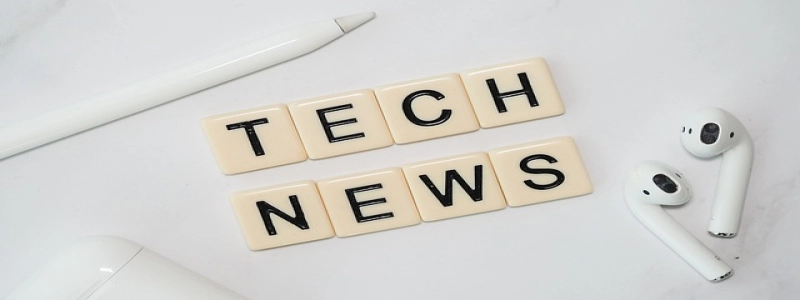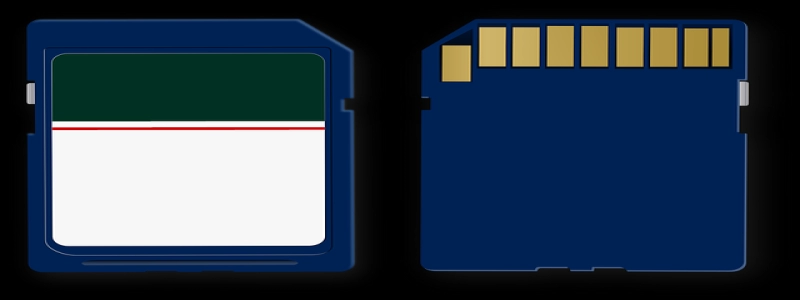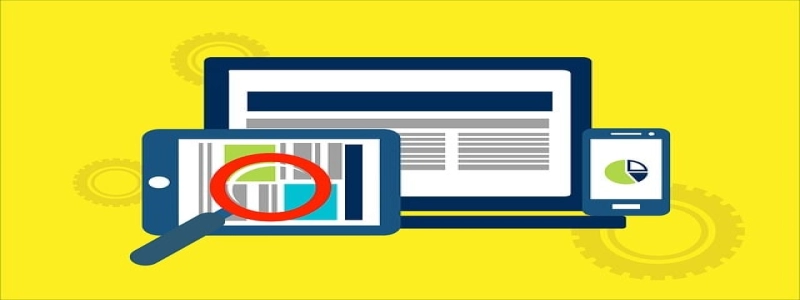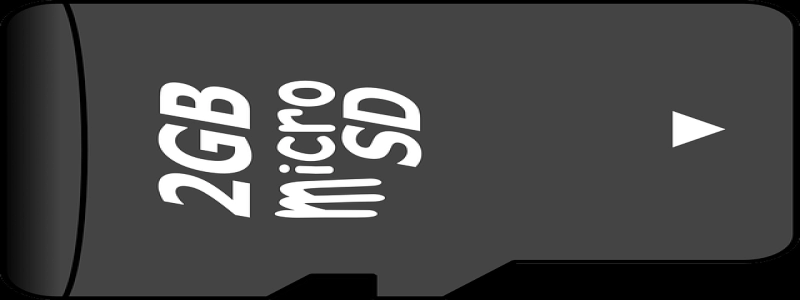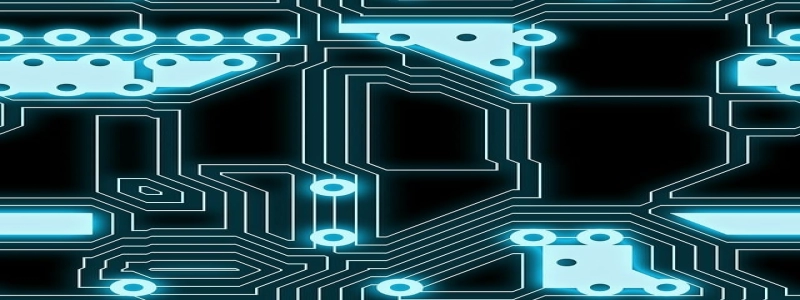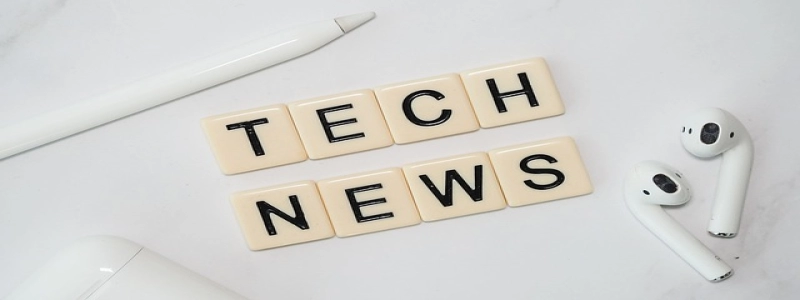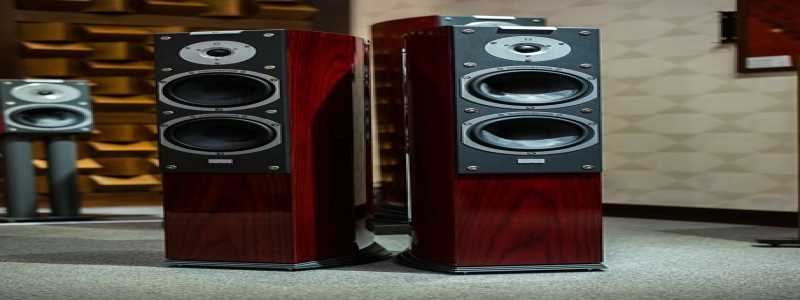SDR HF Transceiver
Introduction:
In this article, we will discuss the SDR HF transceiver, its features, and the advantages it brings to the field of communication. SDR stands for Software Defined Radio, which essentially means that the functionality of the radio is determined by software rather than hardware.
1. What is a SDR HF transceiver?
1.1 Definition
A SDR HF transceiver is a device that combines the capabilities of a radio receiver and transmitter into a single unit. It operates in the HF (High Frequency) band, typically ranging from 3 to 30 MHz, which allows for long-range communication.
1.2 How does it work?
The SDR HF transceiver converts incoming analog radio signals into digital data, which is then processed by software to demodulate and decode the signal. The digital signal is then converted back into analog and amplified for output as audio or transmitted over the air.
2. Features of a SDR HF transceiver
2.1 Wide frequency coverage
One of the main advantages of a SDR HF transceiver is its wide frequency coverage. It can receive and transmit signals over a broad range within the HF band, making it suitable for various applications including amateur radio, emergency communication, and military operations.
2.2 Flexibility
Due to the software-based approach, SDR HF transceivers offer great flexibility in terms of signal processing and modulation techniques. The software can be easily updated or modified to adapt to changing communication standards and requirements.
2.3 Digital signal processing
SDR HF transceivers utilize digital signal processing techniques to enhance the received signal quality. Noise reduction, filtering, and modulation schemes can be applied in the software domain, allowing for improved signal clarity and reduced interference.
2.4 Compact and portable
Compared to traditional HF transceivers, SDR HF transceivers are often more compact and portable. Their small form factor makes them suitable for field operations and mobile applications.
3. Advantages of SDR HF transceiver
3.1 Cost-effective
SDR HF transceivers eliminate the need for complex analog circuitry, resulting in a cost-effective solution. Additionally, the software-based approach allows for easier upgrades and maintenance, further reducing overall costs.
3.2 Scalability
The modular design of SDR HF transceivers enables easy scalability. Additional functionalities or features can be added through software updates without the need for hardware modifications.
3.3 Interoperability
Software Defined Radios have the potential to enable interoperability among different radio systems. By implementing common communication protocols and standards in the software, SDR HF transceivers can communicate with other radio systems, regardless of their underlying hardware architecture.
Conclusion:
SDR HF transceivers offer a flexible and cost-effective solution for HF communication. With their wide frequency coverage, digital signal processing capabilities, and compact design, they are well-suited for various applications. The software-based approach provides scalability, interoperability, and ease of maintenance, making them a valuable tool in modern communication systems.
